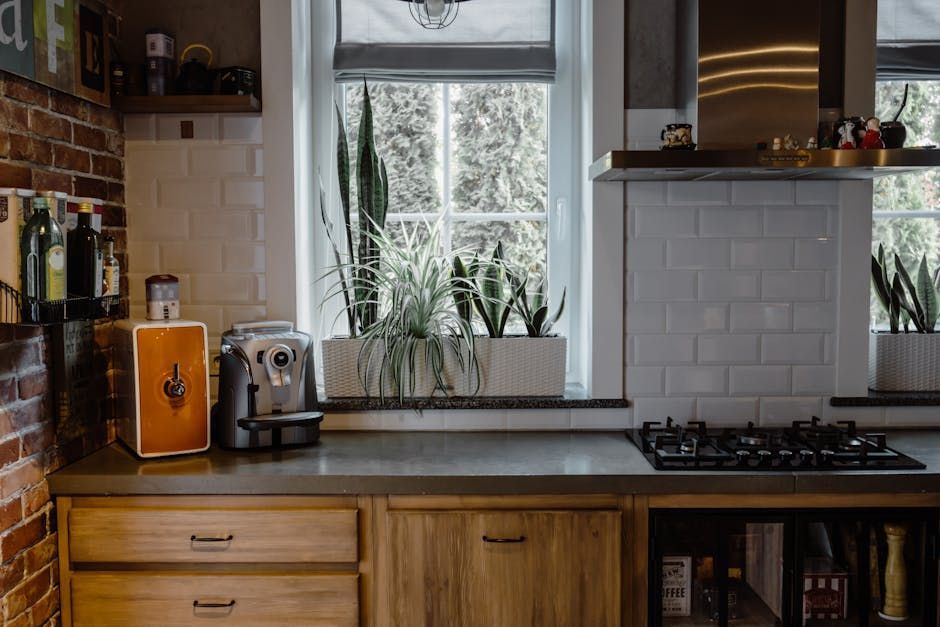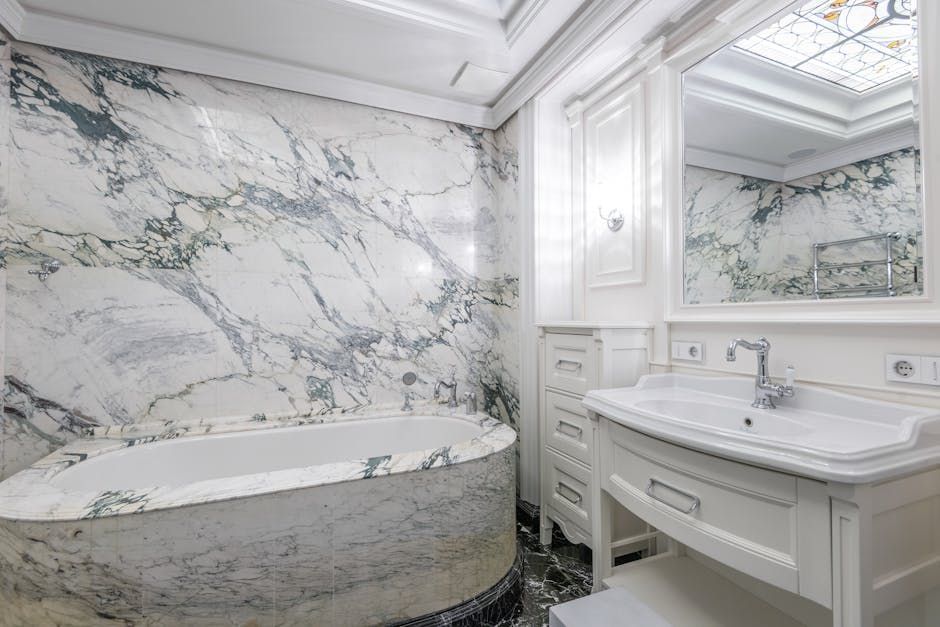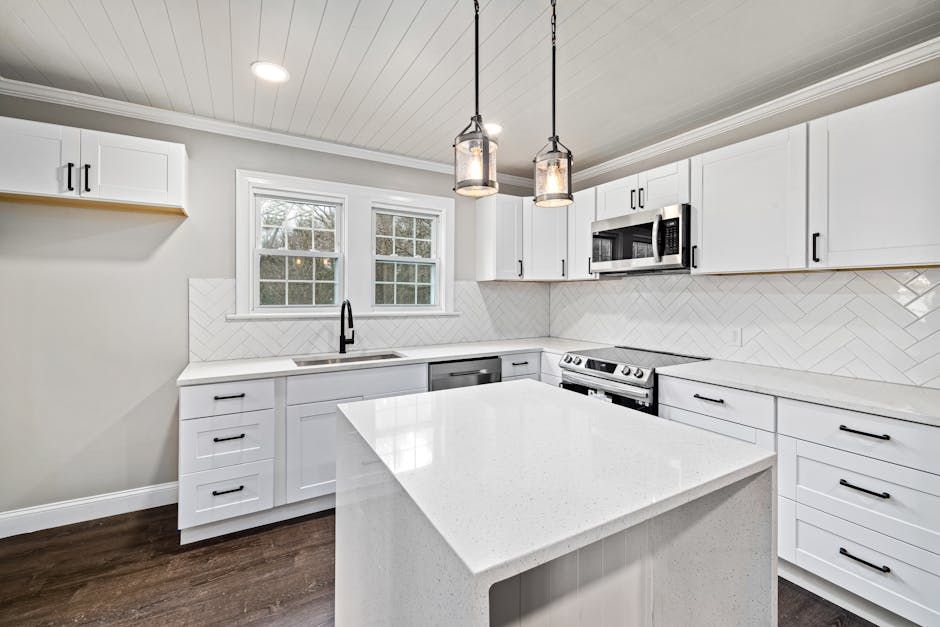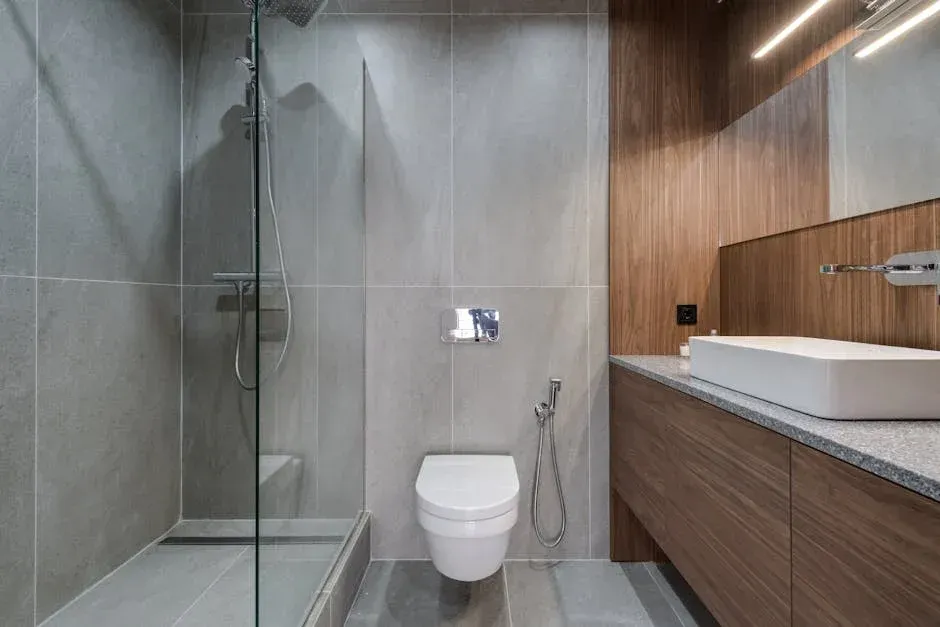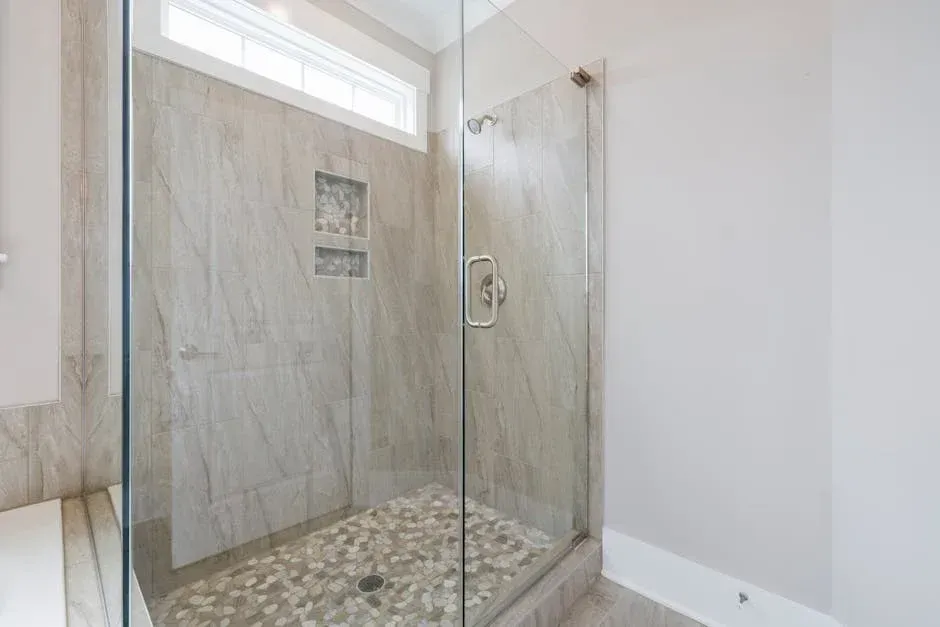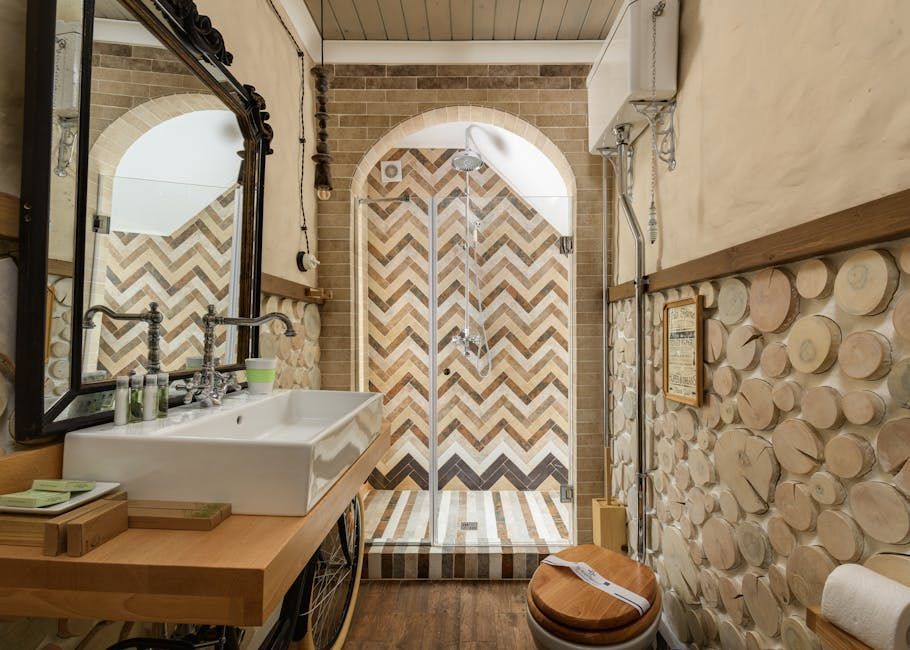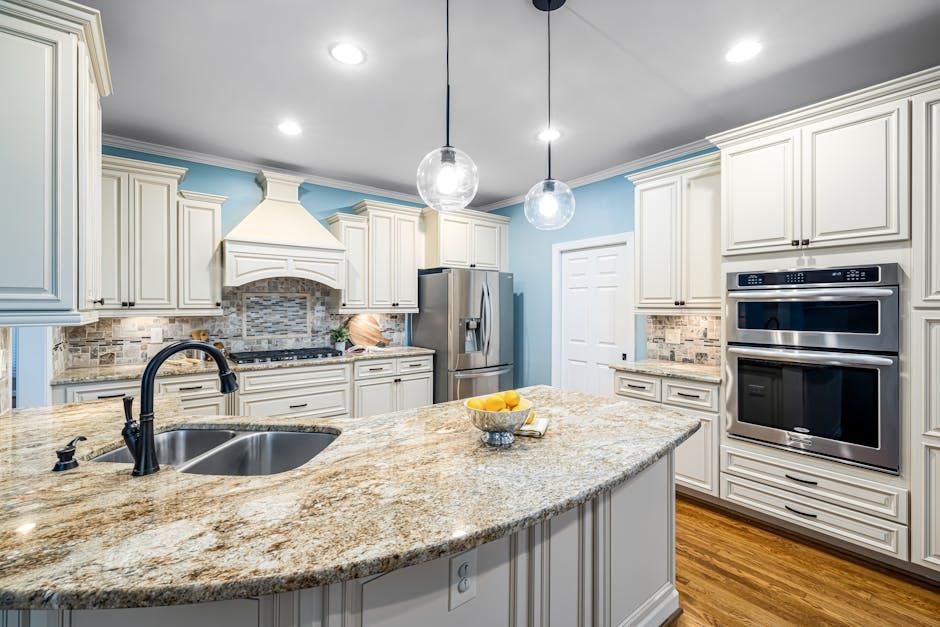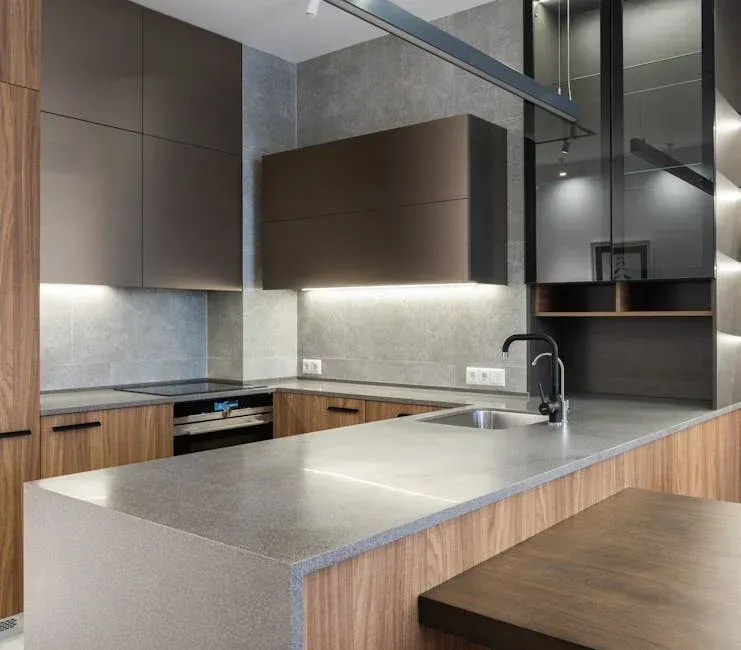Material Gains: Sustainable Building Products to Consider
Green building materials are changing the landscape of home construction and renovation. As people become more aware of the impact their choices have on the planet, many are turning to sustainable options that promise to reduce carbon emissions and preserve natural resources. If you're curious about the most eco-friendly building products available, here's a quick list to get you started:
- Bamboo: Fast-growing and durable
- Cork: Lightweight and recyclable
- Hempcrete: Carbon-negative with great insulation properties
- Mycelium: Biodegradable and experimental
- Precast Concrete: Factory-made for reduced emissions
Incorporating these materials into home remodeling projects is not just a trend, but a step towards a more sustainable future. They not only benefit the environment by reducing waste and energy consumption but also offer numerous advantages in terms of durability, flexibility, and design.
The construction industry is evolving rapidly to meet these new demands. With materials like bamboo and hempcrete leading the charge, building sustainable homes that are both beautiful and functional is more achievable than ever. Renovating an outdated kitchen or bathroom? Consider these eco-friendly options to not only modernize your space but also contribute positively to the environment.

Green Building Materials
When it comes to green building materials, five standout options are making waves in the construction world: bamboo, cork, hempcrete, mycelium, and precast concrete. Each of these materials offers unique benefits that align with both environmental goals and practical construction needs.
Bamboo
Bamboo is a favorite among sustainability enthusiasts. Its rapid growth—up to 1.5 inches a day—makes it an incredibly renewable resource. This fast-growing plant is not only abundant but also remarkably strong, boasting a high strength-to-weight ratio. Bamboo can be found on every continent except Europe and Antarctica, making it a globally accessible option for eco-friendly construction projects.
Cork
Cork is another excellent choice for sustainable building. Harvested from the bark of the cork oak tree, it regenerates without harming the tree, making it a renewable resource. Cork is lightweight, waterproof, and fire-retardant. Its excellent insulation properties make it a popular choice for both internal and external cladding. Its natural aesthetic appeal also adds a design advantage.
Hempcrete
Hempcrete is gaining attention as a carbon-negative material. Made from hemp fibers mixed with lime, it acts like concrete but is much lighter. Hemp grows quickly and requires fewer resources than traditional timber. Hempcrete is primarily used for insulation due to its excellent thermal and acoustic properties. It’s also fire-resistant, making it a safe and sustainable building choice.
Mycelium
Mycelium is perhaps the most intriguing material on this list. This network of fungal strands can be transformed into a durable and biodegradable building material. When dried, mycelium is water, mold, and fire-resistant. Although still in the experimental phase, the potential for mycelium in construction is promising, especially for those looking to incorporate biodegradable materials into their projects.
Precast Concrete
Surprisingly, precast concrete is also considered sustainable. Manufactured off-site in controlled environments, it reduces CO2 emissions compared to traditional concrete poured on-site. This method ensures better quality control and less waste. Precast concrete is versatile and durable, making it a practical choice for walls, façades, and even floors.
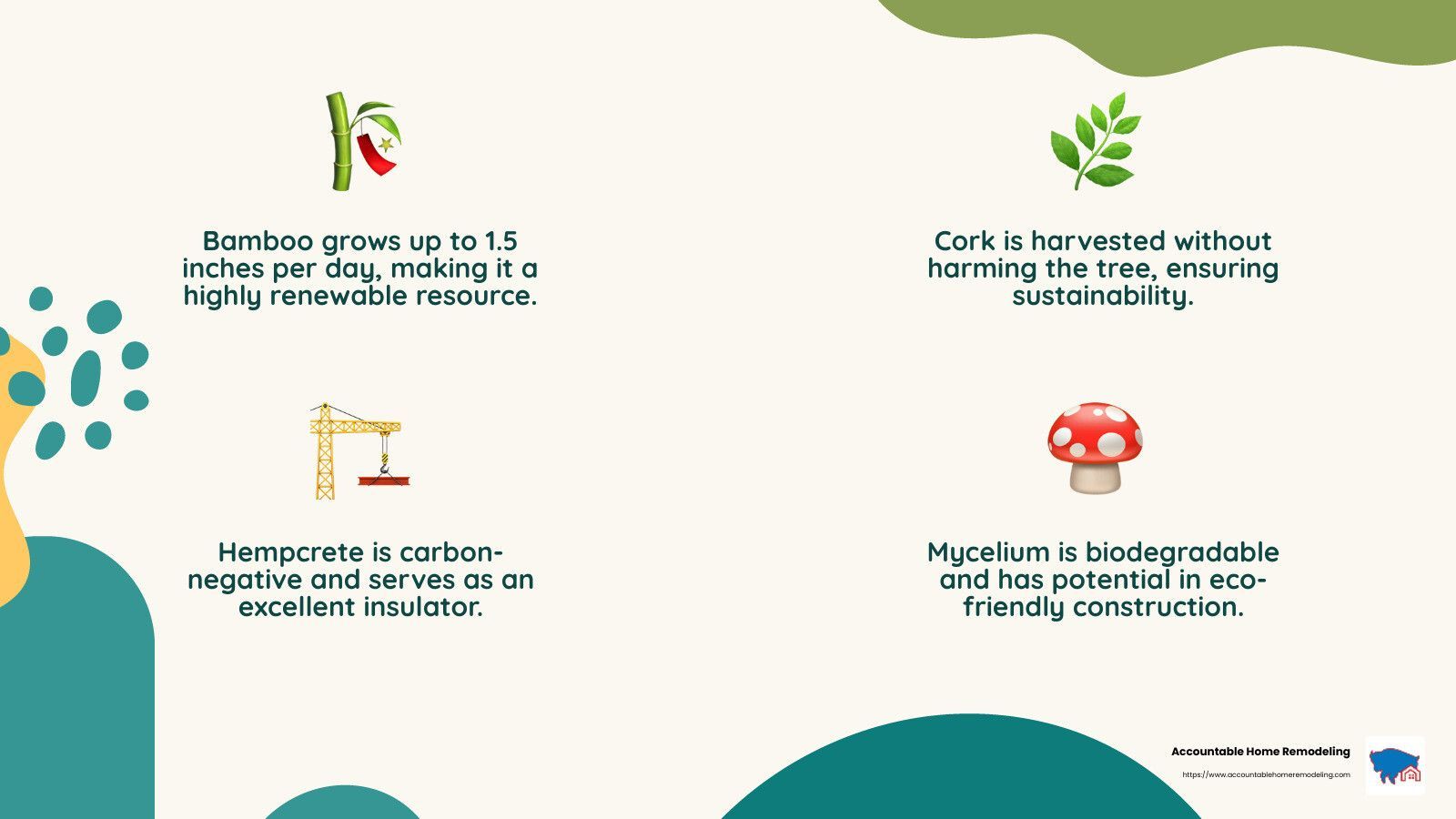
These green building materials not only help reduce environmental impact but also offer practical benefits. Whether you're building a new home or renovating an existing one, incorporating these materials can lead to a more sustainable and efficient living space.
Top 10 Sustainable Building Materials
In the quest for sustainable construction, these ten materials stand out for their environmental benefits and practical applications. From fast-growing plants to recycled materials, each option contributes to a greener future.
Bamboo
Bamboo is a superstar in sustainable building. It grows incredibly fast—up to 3.8 centimeters a day—and offers a high strength-to-weight ratio. This makes bamboo a renewable resource that's both strong and versatile, suitable for everything from flooring to structural elements.
Cork
Cork is harvested from the bark of cork oak trees without harming them, making it a renewable resource. It's not just about being eco-friendly; cork is also lightweight, waterproof, and fire-retardant. Its excellent insulation properties and natural aesthetic make it a designer's favorite for cladding.
Hempcrete
Hempcrete is a carbon-negative material that absorbs CO2 over its lifetime. Made from hemp fibers mixed with lime, it acts like concrete but is lighter and more sustainable. Its insulating properties make it ideal for eco-friendly construction.
Mycelium
Mycelium, a network of fungal strands, is an experimental yet promising building material. It's biodegradable and can be molded into various shapes. Mycelium is water, mold, and fire-resistant, offering a unique, sustainable option for innovative builders.
Precast Concrete
Precast concrete is made in factories, reducing on-site CO2 emissions. This factory-made method ensures quality and minimizes waste. Precast concrete is durable and versatile, suitable for walls, façades, and more.
Recycled Glass
Recycled glass is a cement alternative that reduces the need for new raw materials. It repurposes waste glass, making it a sustainable choice for eco-conscious builders.
Recycled Plastic
By changing waste into building materials, recycled plastic supports a circular economy. It addresses low recycling rates and offers a lightweight, durable alternative for various construction needs.
Recycled Steel
Steel is highly durable and pest-resistant, making it a reliable construction material. Recycled steel reduces the need for new raw materials, contributing to sustainability without sacrificing strength.
Recycled or Reclaimed Wood
Recycled or reclaimed wood brings biodiversity and rustic charm to projects. By repurposing wood, we reduce deforestation and give old materials new life in modern construction.
Terrazzo
Terrazzo is a composite material known for its durability and design flexibility. Made from chips of marble, quartz, granite, or glass, it offers a sustainable and stylish option for floors and surfaces.
These green building materials provide a range of eco-friendly options for construction projects. Whether you prioritize renewability, recyclability, or innovative design, there's a sustainable solution to meet your needs.
Components of Green Building
Green building isn't just about choosing the right materials. It's also about how these materials and techniques work together to create an efficient, healthy, and sustainable environment. Let's explore the key components that define green building.
Energy Efficiency
Energy efficiency is at the heart of green building. It's about using less energy to perform the same tasks, which reduces greenhouse gas emissions and lowers utility bills. Efficient use of energy involves the design of the building, the equipment used, and the methods employed throughout the construction process.
Water Efficiency
Water efficiency is another critical component. It's about reducing water use through smart design and technology. This can include low-flow fixtures, rainwater harvesting systems, and drought-resistant landscaping.
By implementing these strategies, buildings can significantly reduce their water footprint, conserving a vital resource and saving on water bills. Efficient water use also helps to protect local ecosystems and reduce the impact on municipal water supplies.
Waste Reduction
Waste reduction focuses on minimizing the waste produced during construction and operation. Green building practices aim to reduce, reuse, and recycle materials whenever possible.
Using recycled materials, like reclaimed wood or recycled steel, is a great way to cut down on waste. Additionally, designing buildings to be adaptable and long-lasting helps reduce the need for future renovations and the waste they create.
Indoor Air Quality
Indoor air quality is crucial for the health and well-being of building occupants. Poor air quality can lead to "sick building syndrome," where occupants experience health issues related to time spent in a building.
Green buildings use non-toxic materials and proper ventilation systems to ensure clean, fresh air. This can include using paints and finishes with low volatile organic compound (VOC) emissions and installing air filtration systems.
By focusing on these components, green buildings not only benefit the environment but also provide healthier, more comfortable spaces for people to live and work.
Next, we'll explore some frequently asked questions about green building materials to help you make informed decisions for your next project.
Frequently Asked Questions about Green Building Materials
What are green building materials?
Green building materials are those that contribute to creating structures that are environmentally responsible and resource-efficient throughout their life cycle. These materials are typically:
- Energy-efficient: They help reduce the energy consumption of buildings. For example, using materials like hempcrete, which has excellent insulation properties, can significantly cut down on heating and cooling needs.
- Renewable: Materials like bamboo and cork are renewable. Bamboo is especially notable for its rapid growth, reaching up to 1.5 inches a day, making it a sustainable choice for construction.
- Natural and non-toxic: These materials are safe for the environment and the people who use them. Mycelium, a biodegradable material, is an innovative option that's gaining popularity for its eco-friendly properties.
What building material is most environmentally friendly?
Determining the most environmentally friendly building material depends on various factors, including location, climate, and specific project needs. However, bamboo often tops the list due to its high strength-to-weight ratio, rapid growth, and minimal need for replanting. It is lightweight, reducing transportation energy, and has a compressive strength greater than brick or concrete.
Hempcrete is another strong contender as a carbon-negative material, meaning it absorbs more carbon dioxide than it emits during its lifecycle. Its combination of lime and hemp fibers offers excellent insulation, which helps in reducing energy consumption.
What are the 7 components of a green building?
- Energy Efficiency: Using less energy to achieve the same results, such as through efficient appliances and insulation techniques.
- Water Efficiency: Implementing systems like rainwater harvesting and low-flow fixtures to reduce water usage.
- Waste Reduction: Utilizing materials like recycled steel and reclaimed wood to minimize waste in construction.
- Indoor Air Quality: Ensuring fresh, clean air through non-toxic materials and effective ventilation systems.
- Sustainable Site Design: Choosing locations and designs that minimize environmental impact.
- Material Selection: Opting for materials that are renewable, recycled, or have low embodied energy.
- Renewable Energy: Incorporating solar panels or wind turbines to generate clean energy on-site.
By focusing on these components, green buildings not only reduce their environmental impact but also create healthier, more efficient spaces for occupants. Understanding these materials and components helps in making informed choices for sustainable construction projects.
Conclusion
At Accountable Home Remodeling, we believe that changing your home should be a seamless and rewarding experience. Our commitment to quality and personalized designs ensures that every project reflects your unique style and needs, while also embracing the principles of sustainability.
Our approach involves using green building materials that are not only environmentally responsible but also improve the beauty and functionality of your home. For instance, materials like bamboo and hempcrete are chosen for their durability and eco-friendly properties, offering both aesthetic appeal and energy efficiency.
We understand that remodeling is more than just changing the appearance of your home. It's about creating a space that is healthier and more sustainable. By focusing on energy efficiency, water conservation, and waste reduction, we ensure that your home is not only beautiful but also contributes positively to the environment.
Our team is dedicated to open communication and transparency throughout the remodeling process. We handle every detail with precision and care, from the initial consultation to the final walk-through. This commitment to excellence is what sets us apart and why our clients trust us with their home changes.
Whether you're looking to update your kitchen, transform your bathroom, or undertake a full-home renovation, we are here to guide you every step of the way. Let's work together to create a home that is not only stunning but also sustainable.
Ready to start your eco-friendly renovation journey? Contact us today to discuss your project and find how our expertise in green building materials can bring your vision to life.

